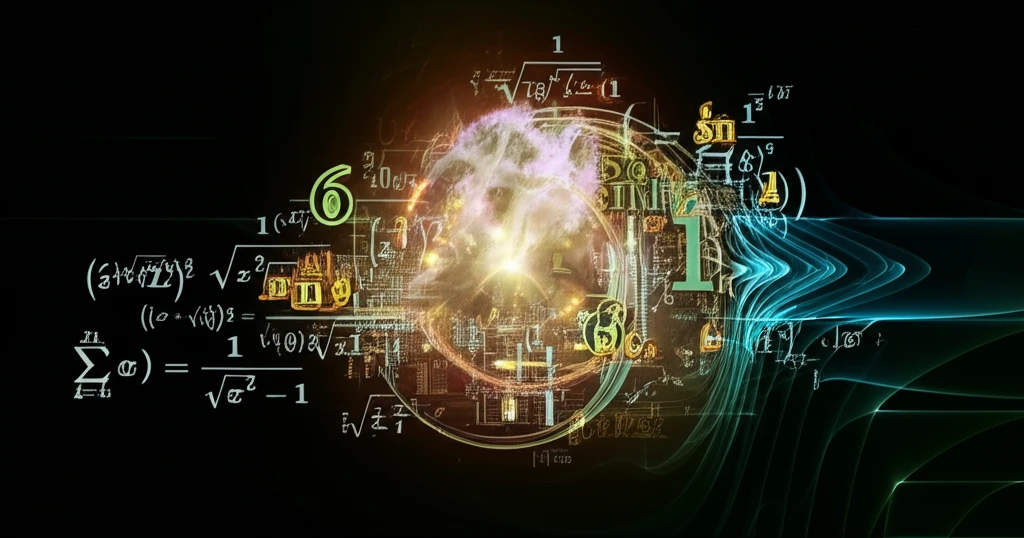
Decoding Matrices: How Determinants and Traces Reveal Hidden Structures
"Explore the surprising ways that determinants and traces—fundamental matrix properties—unlock deeper insights into complex mathematical structures."
Matrices are fundamental building blocks in various fields, from computer graphics to quantum physics. At their core, matrices possess intrinsic properties, most notably the determinant and trace. These seemingly simple values hold a wealth of information about the matrix itself, acting as fingerprints that reveal its underlying structure and behavior. While a matrix represents a transformation of space, the determinant quantifies how much that transformation scales volume, and the trace sums the diagonal elements, providing insight into the transformation's characteristic polynomial.
Originally, mathematicians sought to understand when two matrices, after undergoing a transformation, remained essentially the same. The determinant and trace stay constant even after transformations. But can these two values alone tell if matrices are deeply related? In other words, is it possible to reverse-engineer the properties of a matrix knowing just its determinant and trace? This article explores this question and how mathematicians are using these tools to classify and understand complex matrices.
While the determinant tells if a matrix is singular (non-invertible), it doesn't fully describe the nuances of matrices with complex structures. The trace, offering another perspective, sums the diagonal elements, giving hints about the matrix's eigenvalues (characteristic roots). But neither determinant nor trace alone fully determines all matrix properties. This article will investigate how the relationship between the determinant and trace illuminates special classes of matrices.
Prime Number Matrices: When Non-Singularity Becomes Almost Certain

One fascinating area of matrix research involves what happens when the entries of a matrix are restricted to prime numbers. Imagine building a large square matrix where every entry is a prime number less than some chosen value 'x'. A natural question arises: how likely is such a matrix to be non-singular (i.e., invertible)? In other words, what is the probability that this matrix can be 'undone' or 'reversed'?
- Highlights the unique characteristics of prime numbers in matrix construction.
- Provides a basis for further exploration into matrices with specific number theoretic constraints.
- Offers insights into the statistical properties of matrices in high-dimensional spaces.
Determinants and Traces: A Continuing Story
The research into determinants and traces reveals how seemingly simple matrix properties can uncover deep and unexpected relationships within mathematical structures. From characterizing unitary matrices to exploring the non-singularity of prime number matrices, these tools provide a powerful lens for understanding the behavior of matrices and their applications in diverse fields.
